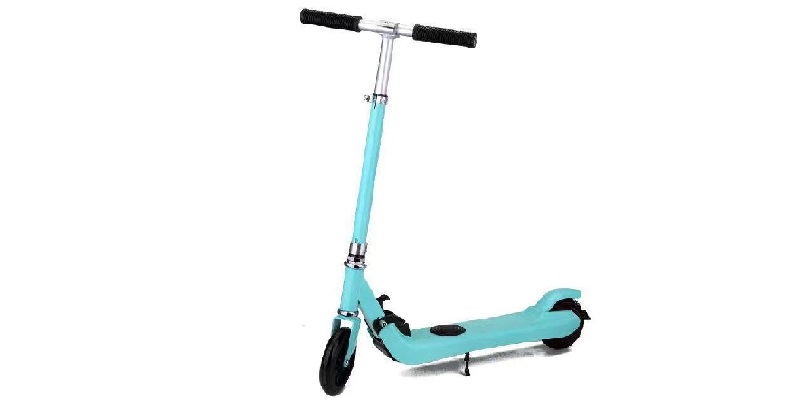
Scooters are children’s toys. Children often ride scooters to exercise flexibility, improve reaction speed, increase exercise volume, and strengthen body resistance. Although scooters can be used for fitness, not everyone can play.
Experts remind us that children under the age of 8 should not play with scooters. Some brands of scooters have been marked on the manual: it is recommended for people over 8 years old to use. For kids of other ages, scooters can also lead to unintentional injuries.
Like roller skating, scooters can exercise your baby’s sense of balance, agility, and coordination. The difference is that roller skating mostly relies on limbs to maintain balance, while scooters rely on two hands to grasp the balance, the overall cooperation of the body, waist, arms, and legs.
Exercise Requirements:
Hold the handlebar with both hands, just grab it, don’t be too tight, so that the handlebar can move back and forth to adjust the direction; one foot stands on the carboard, the other foot pushes back hard on the ground, and after the car starts, put it on the ground The sliding foot is lifted or placed on the cardboard; the faster the pedaling frequency and the stronger the force, the faster the car will go; if you want the car to stop, the sliding foot should slowly apply the brake and wait for the car to stop The rear can be landed.
Applicable Age: More Than Three And a Half Years Old
Children over the age of three and a half can learn scooters. Before learning, it is best to have the experience of riding a tricycle, which is convenient for the baby to master the skills of handlebars to control the steering of the car; after children use the scooter, the baby can quickly master the method of bicycle sliding, which will help you ride a two-wheeled bike in the future.
How To Play:
To start, stand against a wall or rely on others to help you stand and practice your balance.
Method 1:
Start with one foot on the front of the skateboard and the other foot on the ground and slide forward. Then, the other pedal is on the back of the skateboard. The left and right-wing of the waist and two thighs make the direction of the skateboard S-shaped.
Method 2:
At the same time, step on the front and rear parts of the skateboard, and then instantly lean forward, using inertia to move and slide. Then, rely on the left and the right wings of the waist and two thighs, and the left and right pedaling to make the skateboard advance in the S-shape.
Maintenance:
A: Avoid overloading
B: Avoid using in water and environments with too much dust
C: Avoid collisions, beatings, and stomping on children. When using children’s scooters, they must not be out of sight of adults, and children should not be allowed to ride the scooter on the road to avoid dangerous accidents.

